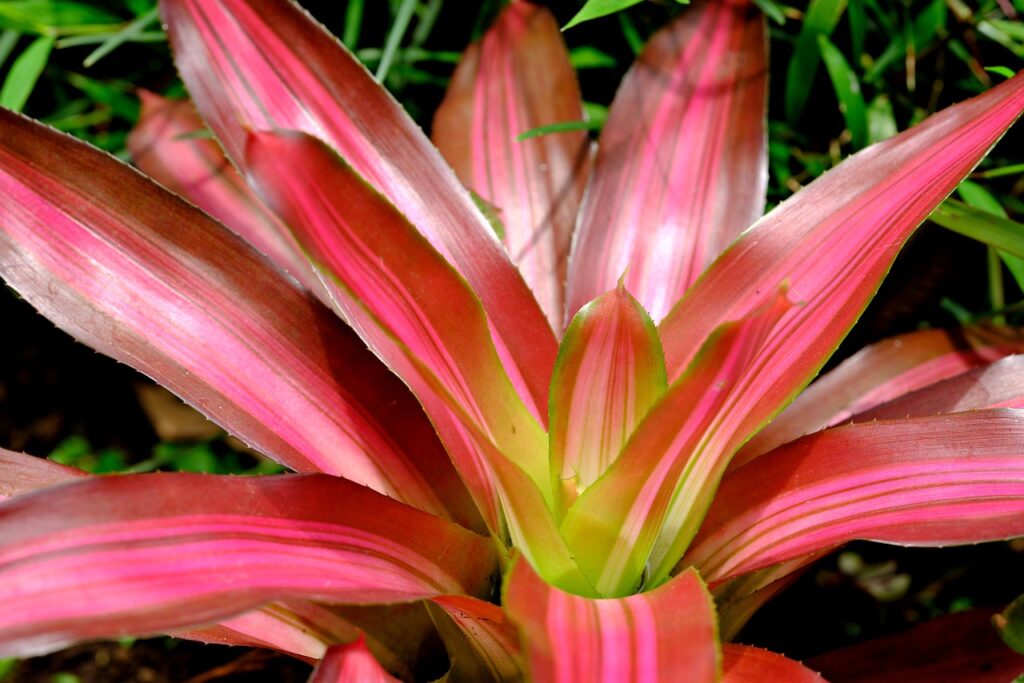Bromelain is a powerful enzyme found in pineapple plants (Ananas comosus). Known for its health benefits, the pineapple plant is also a delightful addition to any garden due to its unique appearance and tasty fruit. Here’s a detailed guide on how to grow and care for pineapple plants to make the most of bromelain’s benefits.

Types of Pineapple Plants
Pineapple plants come in various varieties, each offering unique characteristics and flavors. Here are some popular types:
| Type of Pineapple | Characteristics |
|---|---|
| Smooth Cayenne | Traditional variety known for its high bromelain content, smooth skin, and sweet flavor. |
| Red Spanish | Known for its reddish skin and tart flavor, less prone to diseases. |
| Queen | Smaller fruit with a sweet, aromatic flavor, known for its high sugar content. |
Growing Season
Pineapple plants have a specific growing season that ensures they thrive and develop healthy fruit. Here’s a seasonal guide:
| Season | Activity |
|---|---|
| Spring | Plant pineapple tops or suckers, fertilize, start regular watering. |
| Summer | Continue watering, provide full sun, apply mulch to retain moisture, monitor for pests. |
| Fall | Reduce watering slightly, prepare for cooler temperatures. |
| Winter | Minimal maintenance, protect from frost, can grow indoors or in a greenhouse. |
Sunlight and Water Needs
Pineapple plants thrive in full sun and need consistent moisture to grow healthily.
- Sunlight: Full sun.
- Watering: Keep soil consistently moist but well-drained. Water when the top inch of soil feels dry.
Soil Preferences
Pineapple plants prefer well-drained, slightly acidic to neutral soil to promote healthy growth.
| Soil Type | pH Level | Characteristics |
|---|---|---|
| Sandy loam | 4.5-6.5 | Well-draining, rich in organic matter. |
| Loamy soil | 4.5-6.5 | Balanced drainage and moisture retention. |
Fertilization and Nutrients
Pineapple plants benefit from regular feeding during the growing season to encourage vibrant growth and fruit development.
| Season | Fertilization Type |
|---|---|
| Spring | Balanced slow-release fertilizer when planting. |
| Summer | Fertilize every 6-8 weeks with a balanced liquid fertilizer. |
| Fall | Stop fertilizing to prepare for cooler weather. |
| Winter | No fertilization needed. |
Pruning and Maintenance
Regular maintenance helps keep pineapple plants healthy and productive. Remove any dead or damaged leaves and spent flowers as needed.
Additional Tips for Growing Pineapple Plants
- Container Choice: Use large pots with drainage holes for container-grown pineapple plants.
- Humidity: Maintain moderate humidity; ensure good air circulation to prevent fungal diseases.
- Pest Control: Watch out for pests like mealybugs and scale insects. Use appropriate insecticidal soap if necessary.
- Support: Pineapple plants generally do not need staking, but ensure the plant has enough space to spread.
Conclusion
Pineapple plants are a versatile and rewarding addition to any garden, offering delicious fruit and health benefits from bromelain with minimal care. By choosing the right type of pineapple and providing proper sunlight, water, and soil conditions, you can enjoy a bountiful harvest of this tropical delight.